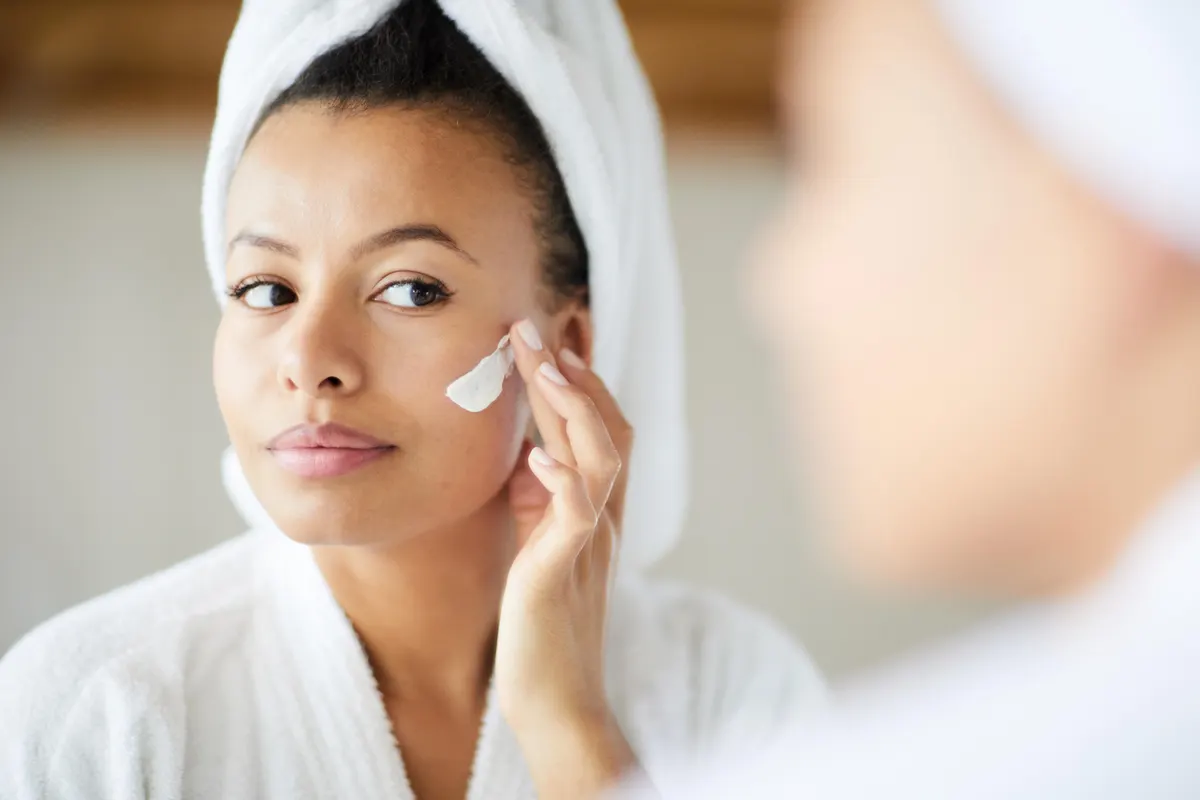
Skincare Myths Debunked: Common Misconceptions and Truths Revealed
Achieving healthy, radiant skin is a goal many of us share. In our pursuit of the perfect complexion, we often come across a plethora of skincare advice—some of it well-founded, and some rooted in myths and misconceptions. This article aims to debunk common skincare myths and reveal the truths behind them, empowering you to make informed decisions about your skincare routine.
Myth 1: Natural Ingredients Are Always Better
While natural ingredients can be beneficial, not all are suitable for every skin type. For instance, lemon juice, a natural ingredient, is often recommended for treating acne and lightening dark spots. However, its high acidity can cause irritation and sun sensitivity for some individuals. It’s essential to understand your skin’s unique needs and consult a dermatologist before using natural remedies.
Truth: Natural ingredients can be effective, but their suitability varies from person to person. Always perform a patch test and consult a skincare professional when in doubt.
Myth 2: You Should Exfoliate Daily for Glowing Skin
Exfoliation is crucial for removing dead skin cells and promoting cell turnover, but over-exfoliating can harm your skin’s protective barrier. Daily exfoliation can lead to irritation, redness, and increased sensitivity.
Truth: Exfoliate 2-3 times a week, depending on your skin type. Mild exfoliation can help reveal smoother skin without causing damage.
Myth 3: Sunscreen Is Only Needed on Sunny Days
Sunscreen isn’t just for sunny days. Harmful UV rays are present even on cloudy or overcast days. Neglecting sunscreen can lead to premature aging and an increased risk of skin cancer.
Truth: Apply sunscreen every day, even when it’s cloudy. Choose a broad-spectrum SPF 30 or higher and reapply every two hours when outdoors.
Myth 4: Acne Is Only a Teenage Problem
Many people believe acne is exclusive to teenagers, but adult acne is prevalent. Hormonal changes, stress, and certain skincare products can trigger breakouts in adults.
Truth: Acne can affect people of all ages. Consult a dermatologist for an effective treatment plan.
Myth 5: Pores Can Open and Close
Contrary to popular belief, pores do not have muscles and cannot open or close. Products marketed as “pore-shrinking” can only temporarily reduce the appearance of pores.
Truth: You can minimize the appearance of pores by keeping them clean and using products with salicylic acid or niacinamide.
Myth 6: Oily Skin Doesn’t Need Moisturizer
People with oily skin often skip moisturizer, fearing it will make their skin even oilier. In reality, skipping moisturizer can lead to increased oil production as your skin tries to compensate for moisture loss.
Truth: Choose a lightweight, oil-free moisturizer to keep your skin hydrated without making it greasy.
Myth 7: Anti-Aging Products Are Only for Mature Skin
Preventative measures are essential in skincare. Using anti-aging products in your 20s and 30s can help slow down the signs of aging and maintain youthful skin.
Truth: Start using anti-aging products early to protect your skin from premature aging. Ingredients like retinol and antioxidants can be beneficial.
Myth 8: The More Products, the Better the Results
Layering multiple products may seem like a good idea, but using too many products can overwhelm your skin and lead to irritation and breakouts.
Truth: Keep your skincare routine simple and tailored to your skin’s needs. Focus on a cleanser, moisturizer, sunscreen, and targeted treatments.
Myth 9: Natural Oils Can Cure All Skin Issues
While some natural oils have benefits, not all are suitable for every skin type. Using oils without understanding their comedogenic ratings can clog pores and cause acne.
Truth: Research and choose oils based on your skin type. Jojoba oil and argan oil are generally safe options.
Myth 10: Skincare Products Work Instantly
Many people expect immediate results from skincare products. However, it can take weeks or even months to see significant improvements in your skin’s condition.
Truth: Be patient and consistent with your skincare routine. Results often take time to manifest.





